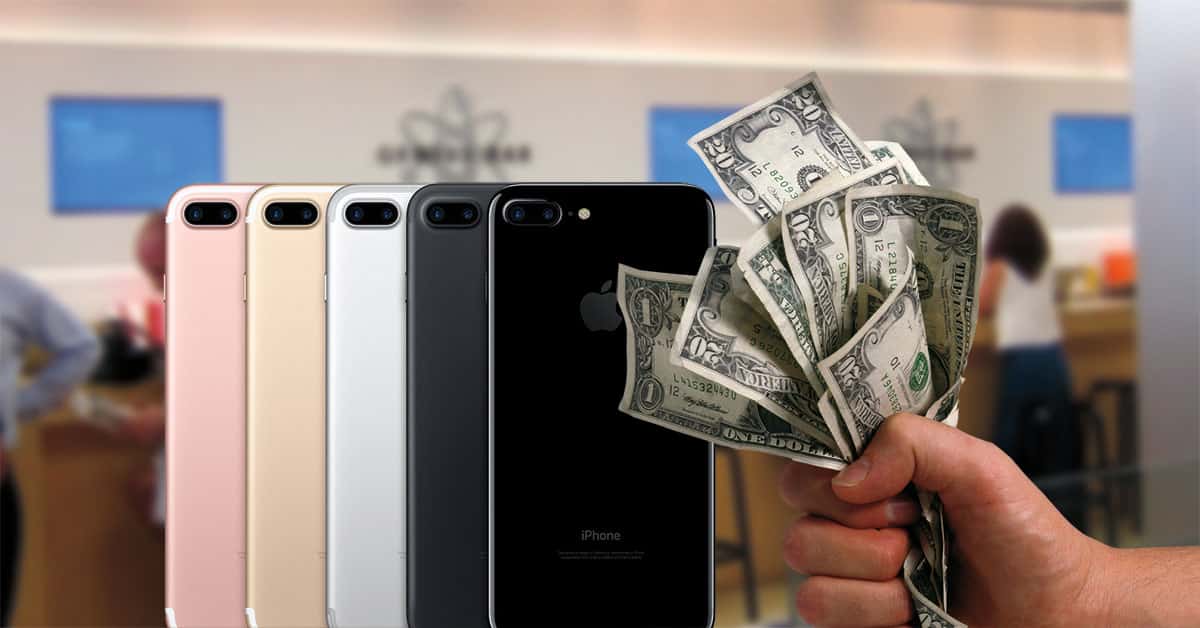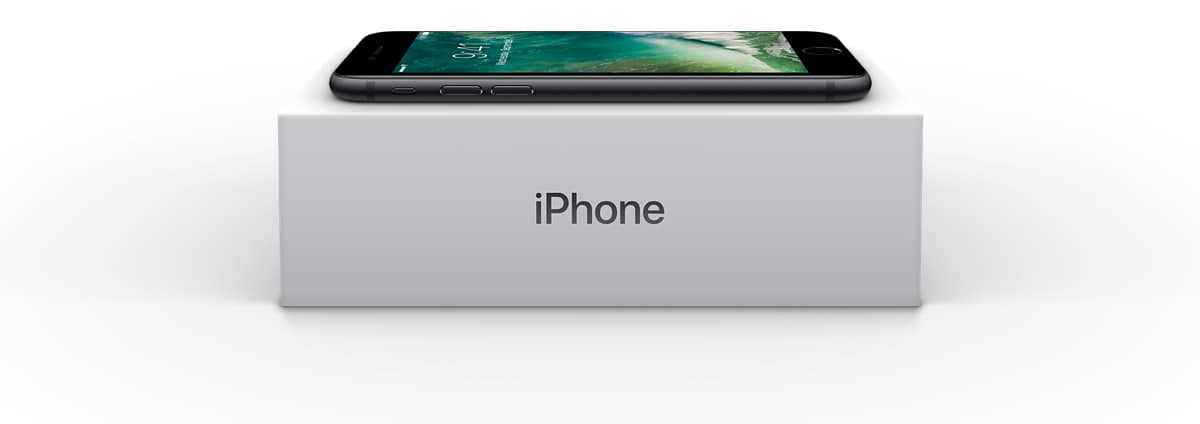When Apple launched the original iPhone back in 2007, the company’s customers had one option for purchasing the revolutionary device: walk into an Apple Retail or Cingular/AT&T Wireless store, sign a 2-year service contract, and plop down at least $500. Now, on the eve of the iPhone 7 launch nine years later, iPhone customers have a variety of options when it comes to obtaining and paying for Apple’s latest flagship device.
While today’s choice in iPhone purchase and financing options is certainly better than the early days of AT&T exclusivity, the number and complexity of choices can be a bit overwhelming. We’ve therefore set out to explain the various iPhone 7 financing options with the aim of helping you make your purchasing decision.
Although the iPhone is more popular than ever internationally, note that we’re only looking at U.S. prices and carriers. See below for an overview of each iPhone 7 financing option, with a handy summary chart at the end.
Apple iPhone Upgrade Program
First introduced in 2015 alongside the launch of the iPhone 6s, Apple’s iPhone Upgrade Program is unique among the other options below in that it includes AppleCare+ protection. This means that you end up paying more, both on a monthly basis and overall, but the total cost works out to that of a full-priced phone and AppleCare+ ($129), spread out over the payment period with zero interest.
Customers in the iPhone Upgrade Program sign up for a 24-month agreement, financed through Apple by Citizens One Bank. This gets you an unlocked model of the latest iPhone of your choice and two years of AppleCare+ protection. If you make all 24 payments, you’ll own the phone outright. After a minimum of 6 months and 12 payments, however, you can trade your iPhone in to Apple, re-enroll for another two years in the Upgrade Program, and receive that year’s latest iPhone. This arrangement mirrors some of the carrier plans and is why Apple advertises its program with the “get a new iPhone every year” slogan.
Monthly prices for the Apple iPhone Upgrade Program start at $32.41 for the 32GB iPhone 7 (total cost of $777.84, plus sales tax) and reach $45.75 for the 256GB iPhone 7 Plus (total cost: $1,098.00). One thing to note about Apple’s program, which also applies to many of the carrier options, is that you’ll need to pay the sales tax on the total cost up front in your initial payment, so keep that in mind when budgeting. Also remember that despite Apple’s user-friendly facade, the Upgrade Program is a financial agreement subject to credit checks and interest penalties should you fail to make timely payments. Check out the Program’s terms and conditions for the complete details.
Apple iPhone Installment Plan
For those looking for a slightly cheaper and simpler option, the Apple iPhone Installment Plan may be the answer. You’re still dealing directly with Apple in this option, but without the yearly upgrade and AppleCare+ aspects.
Basically, Apple is offering customers zero-interest financing (again, through Citizens One) on the full retail price of the iPhone. You’ll get the same unlocked iPhone 7 model of your choice and make 24 monthly payments that equal the full retail price, plus sales tax. As with the iPhone Upgrade Program, you’ll pay the full sales tax up front.
iPhone Installments are a good option for those who just want the iPhone hardware and are ineligible for carrier subsidies. No wireless service contracts, no dealing with carrier salespeople, just the full price of the phone spread out over two years. Monthly prices range from $27.04 for the 32GB iPhone 7 (total cost: $648.96) to $40.37 for the 256GB iPhone 7 Plus (total cost: $968.88).



0% financing has several advantages over an outright purchase. They are all small though.
– While the total spent is the same, the payments toward the end of the loan are worth slightly less due to inflation.
– You can be doing other things with that $1000 that you would have spent on day one that may make you more money.
– As long as you make on time payments it’s a good way to improve your credit score, which impacts all sorts of things – job prospects, insurance rates, loan rates on other loans…
They are tiny advantages, but advantages none-the-less. If you are uncomfortable with the debt, and can do so, then by all means, pay cash.
Why using financing? None of those options give a phone any cheaper than buying it outright in the first place. Can you discuss that option, including various trade-in choices to keep the cost down? Does it fail to get any benefits from carriers? Why wouldn’t I just buy outright and if I do, what is the best way to do it?
BTW, I’m thinking of switching to a 3 year upgrade cycle because of the loss of 2-year contract subsidies. I used to upgrade every other year. I currently have an iPhone 6, so this would normally be my upgrade year. My phone is still working fine, including the battery, so I have no pressing need to upgrade.